Water softeners get friendlier to health, environment
Science News, October 2016Clever chemistry could take the salt out of water softening.
Clever chemistry could take the salt out of water softening.
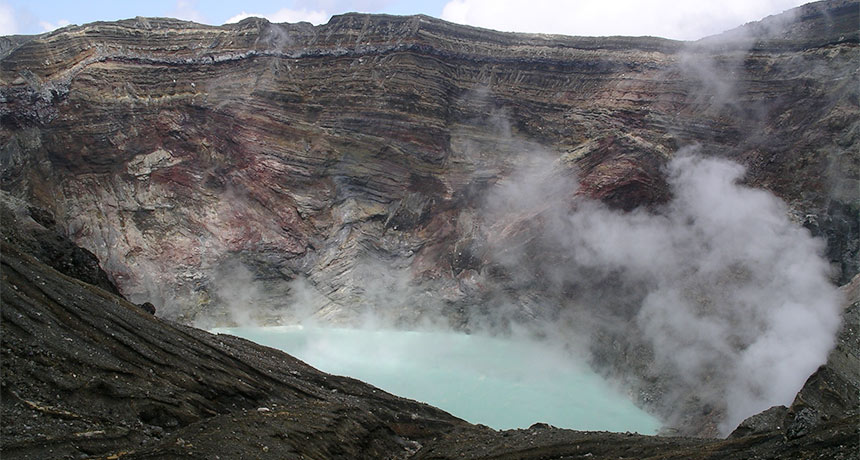
A titanic volcano stopped a mega-sized earthquake in its tracks.
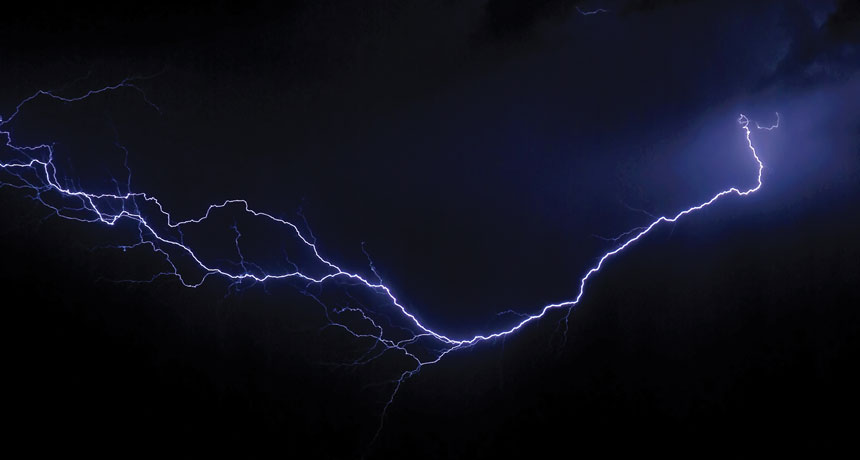
Two electrifying light shows were much more than flashes in the pan. A 2007 thunderstorm over Oklahoma produced a lightning flash that stretched more than 321 kilometers horizontally — roughly the distance from Washington, D.C., to New York City. In southern France in 2012, a single lightning flash lit up the sky nonstop for 7.74 seconds, enough time for light to make about three round trips from Earth to the moon.
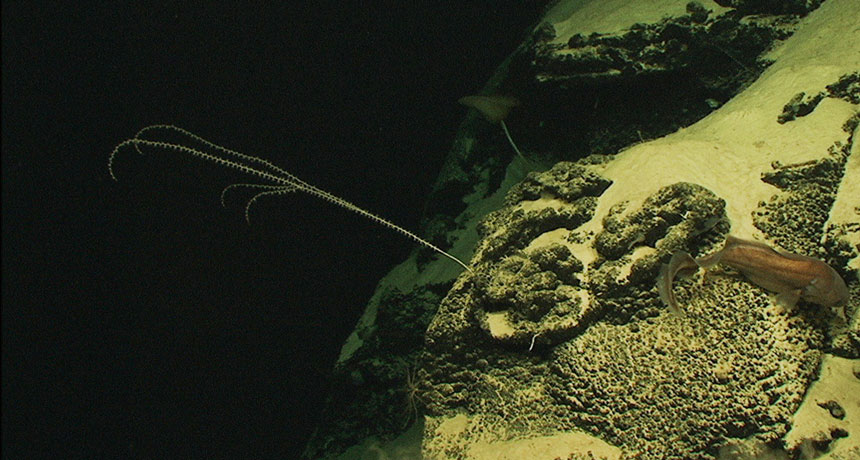
Deep-sea viruses aren’t just dealers of disease; they’re crucial players in Earth’s nutrient cycles. In marine sediments, virus assassinations of single-celled life-forms called archaea play a much larger role in carbon and other chemical cycles than previously thought, new research suggests.
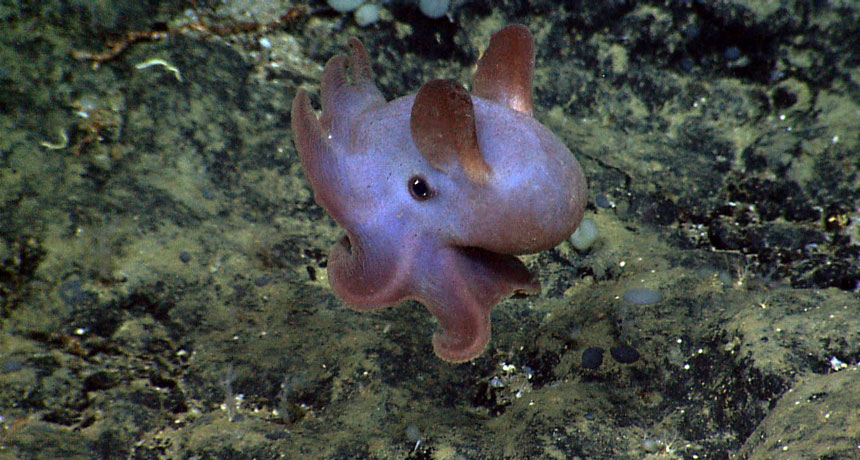
Two stretches of ocean about 210 kilometers southeast of Cape Cod have become the Atlantic Ocean’s first U.S. marine national monument.
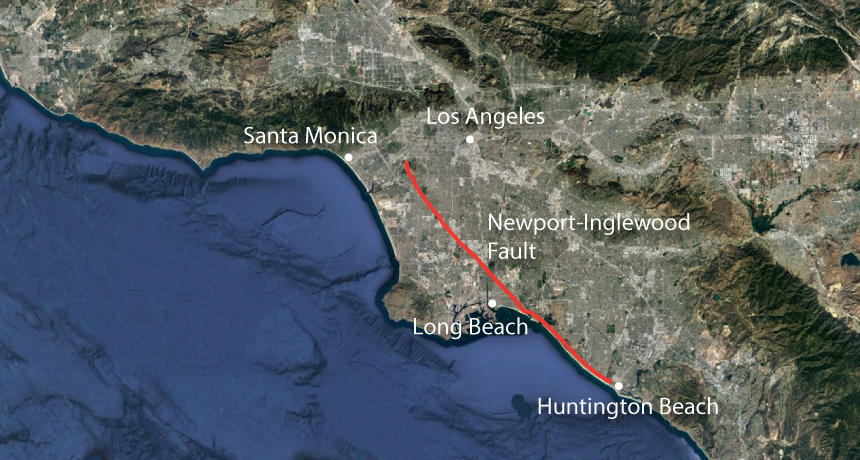
Mysterious earthquakes rattle deep beneath Southern California.

Motors too small to see with the eye may soon have the power to drive innovations in chemistry, biology and computing. Three creators of such nanoscopic machines were honored October 5 with the Nobel Prize in chemistry.
Co-written with Tina Hesman Saey. Adapted for Science News for Students.
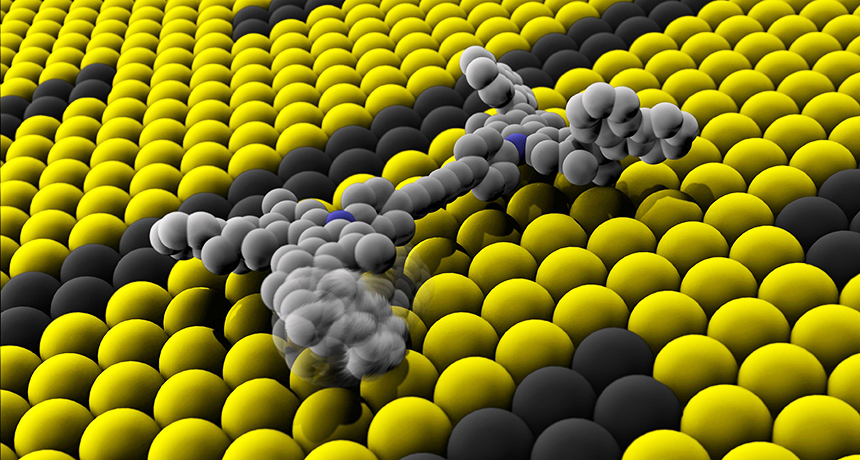
The world’s most minuscule machines operate on the molecular level and have won their creators the 2016 Nobel Prize in chemistry. The prize is shared between Jean-Pierre Sauvage of the University of Strasbourg in France, J. Fraser Stoddart of Northwestern University in Evanston, Ill., and Bernard Feringa of the University of Groningen in the Netherlands.
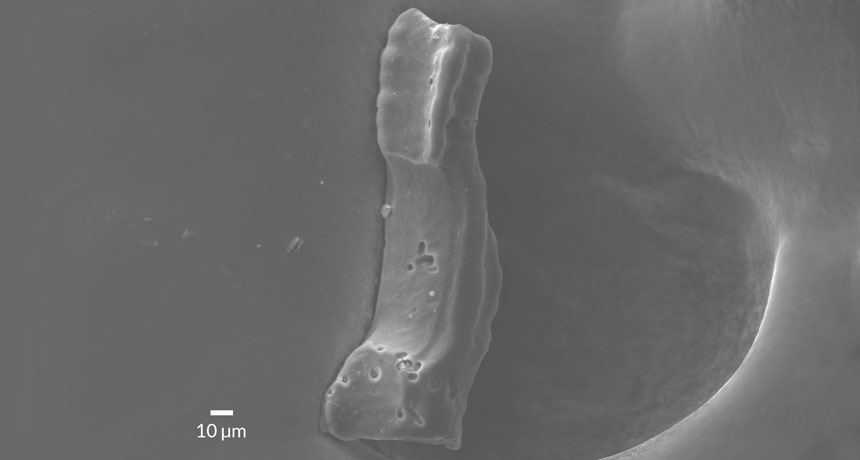
A period of skyrocketing global temperatures started with a bang, new research suggests.

Life on Earth got into the shell game more than 200 million years earlier than previously thought.